About

Symbolic Resources and Political Structures on the Periphery: Legitimization of the Elites in Poland and Norway, c. 1000-1300
The project 'Symbolic Resources and Political Structures on the Periphery: Legitimization of the ELITES in Poland and Norway, c. 1000 – 1300' (2019/34/H/HS3/00500) is funded from the Norway grants as a part of the GRIEG call within the Basic Research Programme - Programme Operator: National Science Centre, Poland; Programme Partner: Research Council of Norway.
Legitimization of the Elites in Poland and Norway, c. 1000-1300
Our promo video
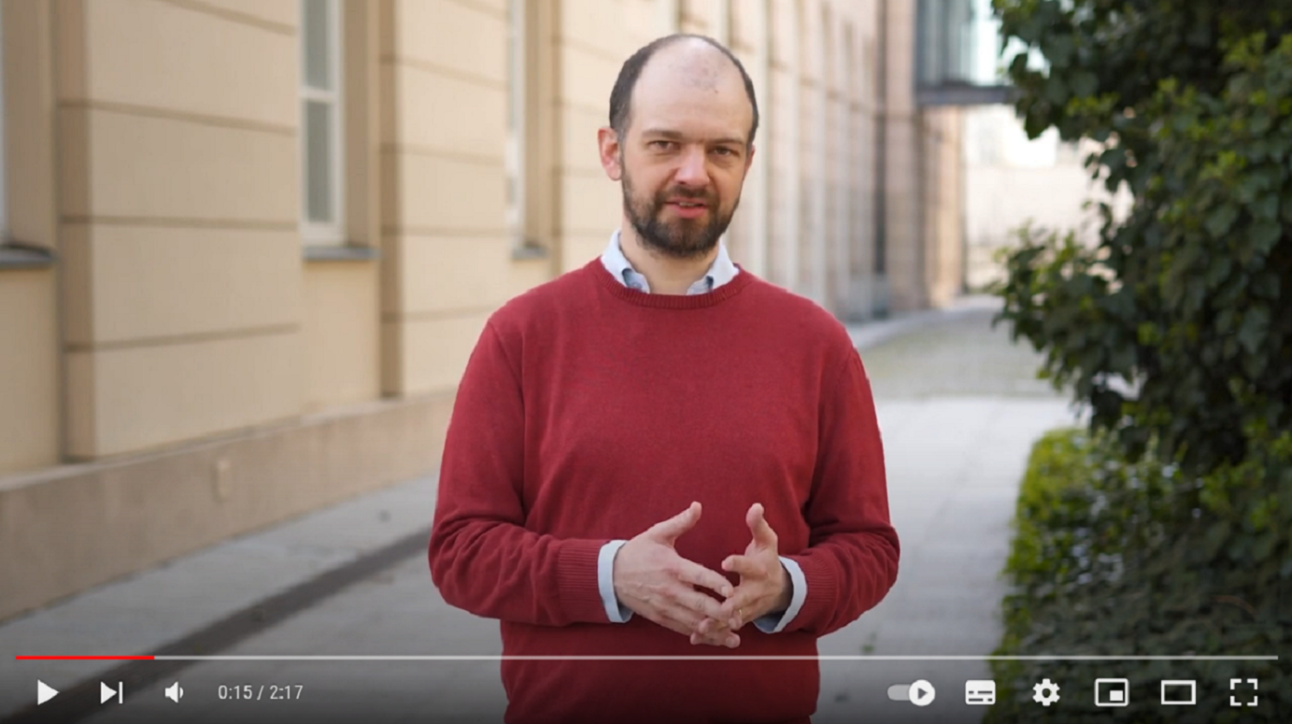
State formation in Poland and Norway in the Middle Ages
Hans Jacob Orning

Elites on the periphery: symbolic power and legitimization
Wojtek Jezierski

Friendship and networks of medieval elites
Jón Viðar Sigurðsson
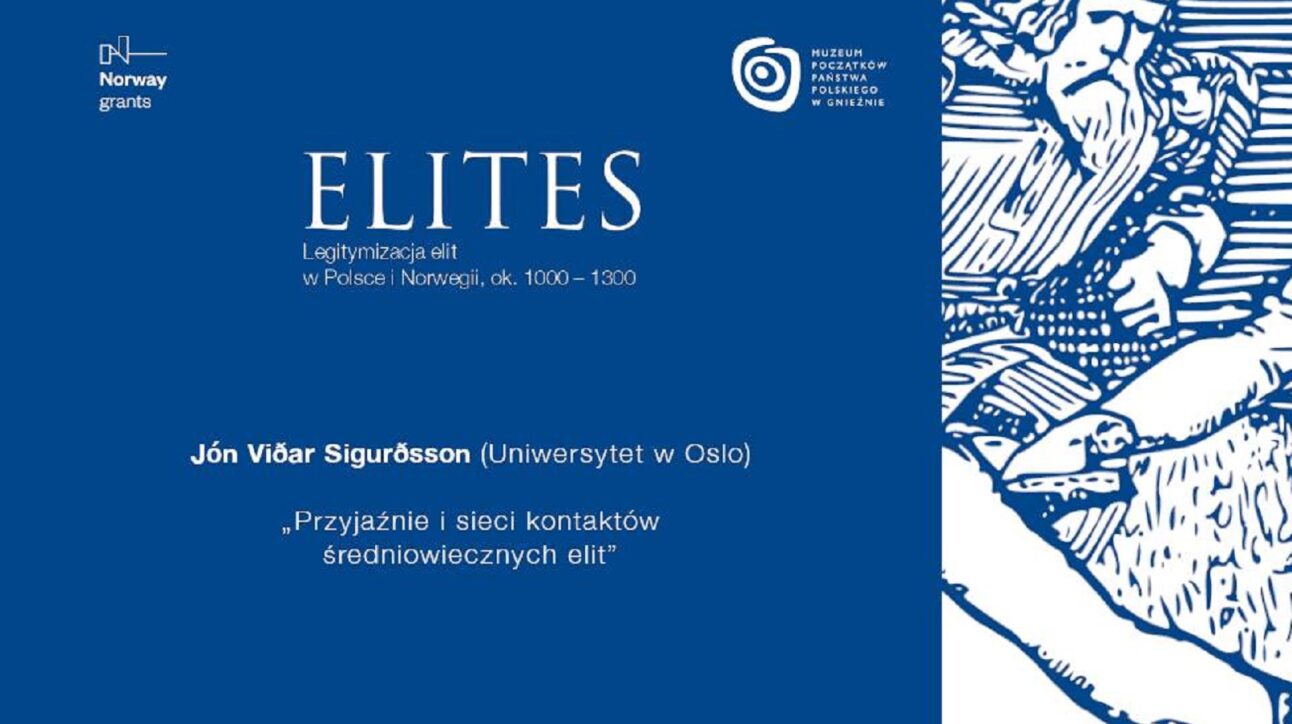
Church elites – a special kind of medieval elites?
Krzysztof Skwierczyński
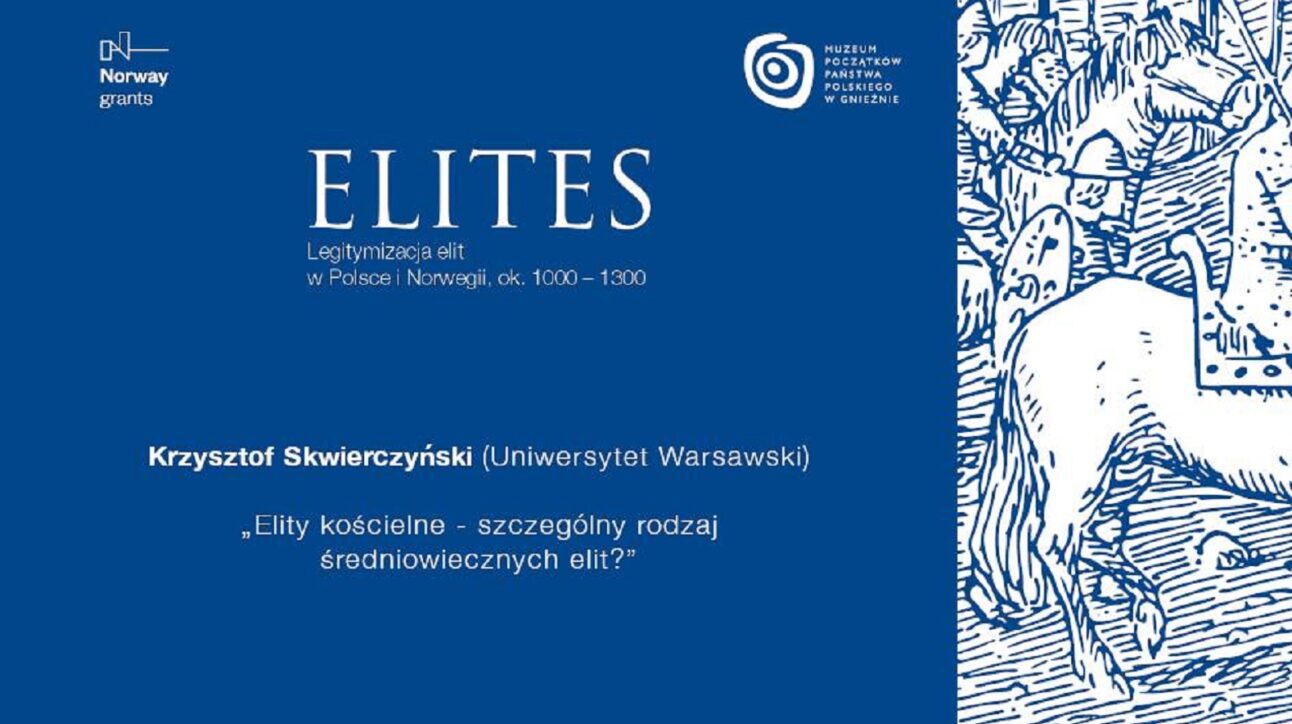
Piast dynasty and the political culture: a new perspective
Marcin R. Pauk
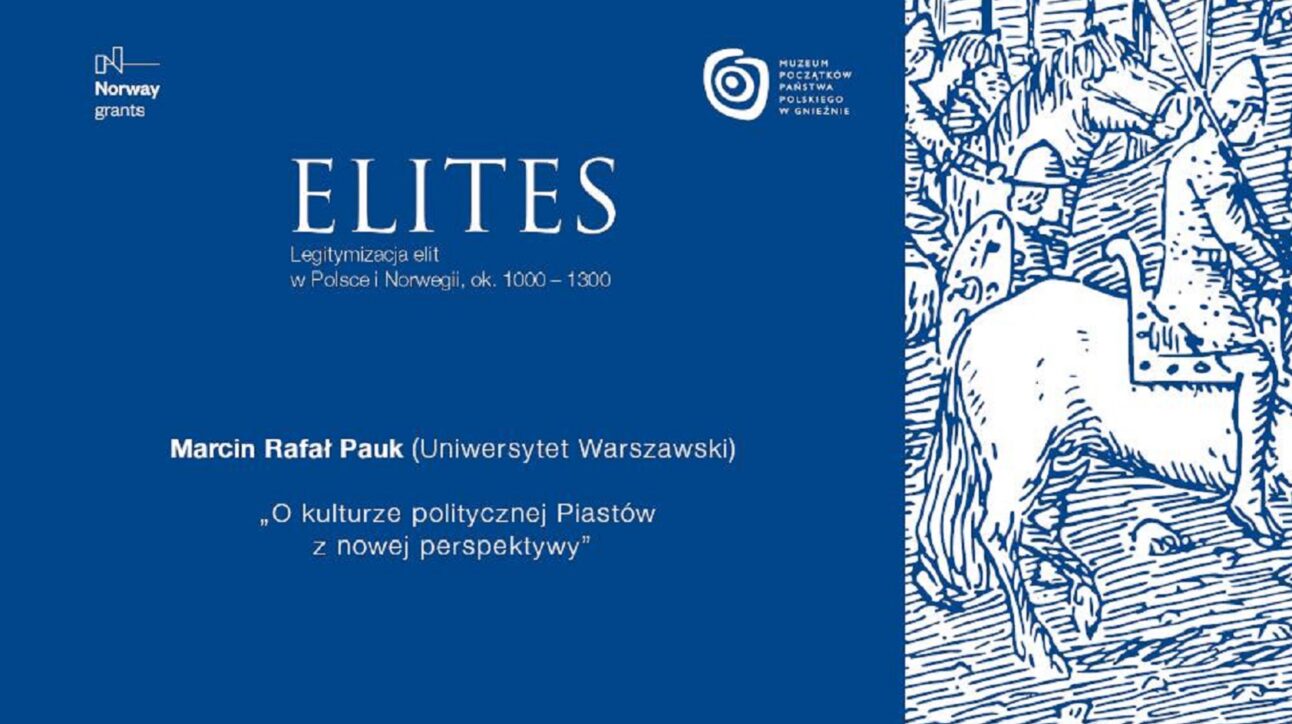
Religion and the legitimization of medieval elites’ power
Grzegorz Pac
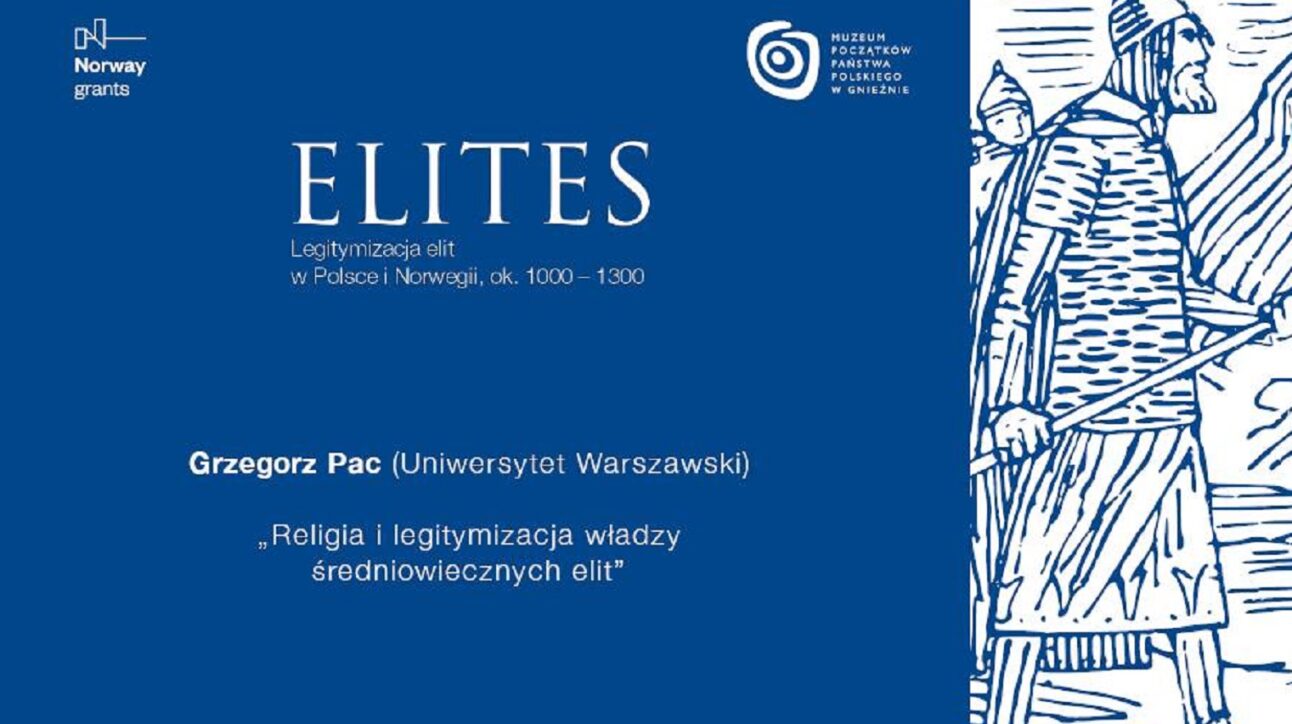
The project focuses on the forms and means of symbolic power the members of the political elites in the two peripheral areas of Europe (Norway and Poland) employed to manifest their privilege right to rule to their peers and subjects. These claims to rule of the elites, their ideological justification and legitimacy in the eyes of others, were the crucial problem in face-to-face societies inhabiting medieval Europe deprived of formal institutions and lasting state structures. What symbolic means did these elites manifest their entitlement to rule? How did they compete with other members of the elite? How did the assure their dominance over time?
Chronologically, this project focuses on the period 1000-1300, that is, the era between both Poland and Norway formally became Christian polities and the moment both were united as stable monarchies after long periods of civil wars and feudal partitions. Thematically, the project comparatively investigates e.g. dynastic ideologies, cults and venerations of national saints, ruler ideologies, elite graves and symbolic expressions on coins, legitimation of episcopal and abbatial power, ceremonies of coronation and rituals of conviviality, narrations about the past etc. The project takes a broad view on the elites which include kings/dukes, members of the aristocracy, ecclesiastical elites etc. who continuously cooperated as well as competed for power with each other.
The project treats Poland and Norway in comparative fashion, as two parallel examples of elites in two peripheral polities similarly and differently dealing with the same type of problems: securing dominance and creating political order within their borders and using their contacts with European centers to boost their standing at home. Norway and Poland are thus seen as examples and representatives of two peripheral regions of Younger Europe, Scandinavia and East-Central Europe that have not been considered on a par so far. Norway and Poland, however, constitute very interesting examples that can help better understand the challenges that faced elites of (proto-)states in different regions of Europe. On the one hand, Norway was for long periods a formally united polity that was nonetheless continuously torn by civil wars; on the other hand, Poland, for large periods formally partitioned yet characterized by a relatively low level of internal conflicts. These and other differences and similarities between the two countries as well as the fact that their political elites did not have direct contacts with each other during this period make for a particularly useful comparative study of the means of political structuring during the high Middle Ages on the European peripheries.
The project is based on a close cooperation between the Polish and Norwegian medievalists. The team consists of historians, archeologists, and numismatists coordinated by researchers with good experience of working on the two peripheral regions. The results of the project will be presented as co-written articles prepared for special issues of high profile journals and an edited volume on the topic.
The project ‘Symbolic Resources and Political Structures on the Periphery: Legitimization of the ELITES in Poland and Norway, c. 1000 – 1300’, carried out by the University of Warsaw (Faculty of History) and the University of Oslo (Department of Archaeology, Conservation and History), is funded from the Norway grants as a part of the GRIEG call within the Basic Research Programme – Programme Operator: National Science Centre, Poland; Programme Partner: Research Council of Norway.
GRIEG is one of the three calls for proposals funded under the third edition of the EEA and Norway Grants 2014-2021 under the “Research” Programme, with NCN acting as the Programme Operator in charge of basic research. The objective of the programme is enhanced research-based knowledge development, to strengthen the Polish-Norwegian research cooperation, improve the quality of publications (especially in humanities), support the development of young researchers and build a positive perception of scientific research among the general public.
The EEA and Norway Grants are a form of foreign aid granted by Norway, Iceland and Liechtenstein to new EU member states. The funds are connected with the Poland’s accession to the European Union and the simultaneous accession to the European Economic Area (which covers the EU member states and Iceland, Liechtenstein, Norway). In exchange for the financial contribution granted to the beneficiary states the donor countries benefit from access to the internal market of the European Union despite the fact that they are non-EU members.
The main objectives of the EEA and Norway Grants are: to contribute to the reduction of economic and social disparities in the European Economic Area and to strengthen the bilateral relations between the donor states and the beneficiary states.
On May 3rd., 2016 Iceland, Liechtenstein and Norway reached an agreement with EU concerning the shape of the 3rd edition of the EEA Grants (2014-2021), signing the Protocol 38c to the EEA Agreement. At the same time Norway signed an agreement with EU concerning the Norwegian Financial Mechanism 2014-2021.
The beneficiaries of the new edition of the EEA and Norway Grants (2014-2021) are 15 EU countries: 12 countries that joined the common market in 2004, 2007 and on 2013, as well as Greece and Portugal.
Poland signed intergovernmental agreements (Memorandums of Understanding) as regards the 3rd edition of the EEA and Norway Grants on December 20th, 2017, receiving thereunder EUR 809,3 million (from the total amount of over EUR 2,8 billion), which makes Poland the largest beneficiary, likein previous editions.
The Ministry of Investment and Economic Development (MIiR) is responsible for coordination of funds implementation in Poland, acting as the National Focal Point (NFP) for the EEA and Norway Grants. As the NFP, it collaborates with the Financial Mechanism Office (FMO) in Brussels. Particular programmes of the 3rd edition of funds will be implemented by Polish public institutions. The exceptions are, as in previous editions, areas “Civil Society” and “Social dialogue – Decent work”, which will be managed by the Donors (accordingly by the Financial Mechanism Office and Innovation Norway).
The Norway Grants are funded by Norway alone and consist of €1.3 billion during the 2014-2021 funding period. The Norway Grants are allocated to the 13 countries which joined the EEA after 2004. This means that Greece and Portugal do not receive Norway Grants funding. The Norwegian Ministry of Foreign Affairs is the decision-making body of the Norway Grants.
https://www.ncn.gov.pl/?language=en
Working together for a green, competitive and inclusive Europe.
